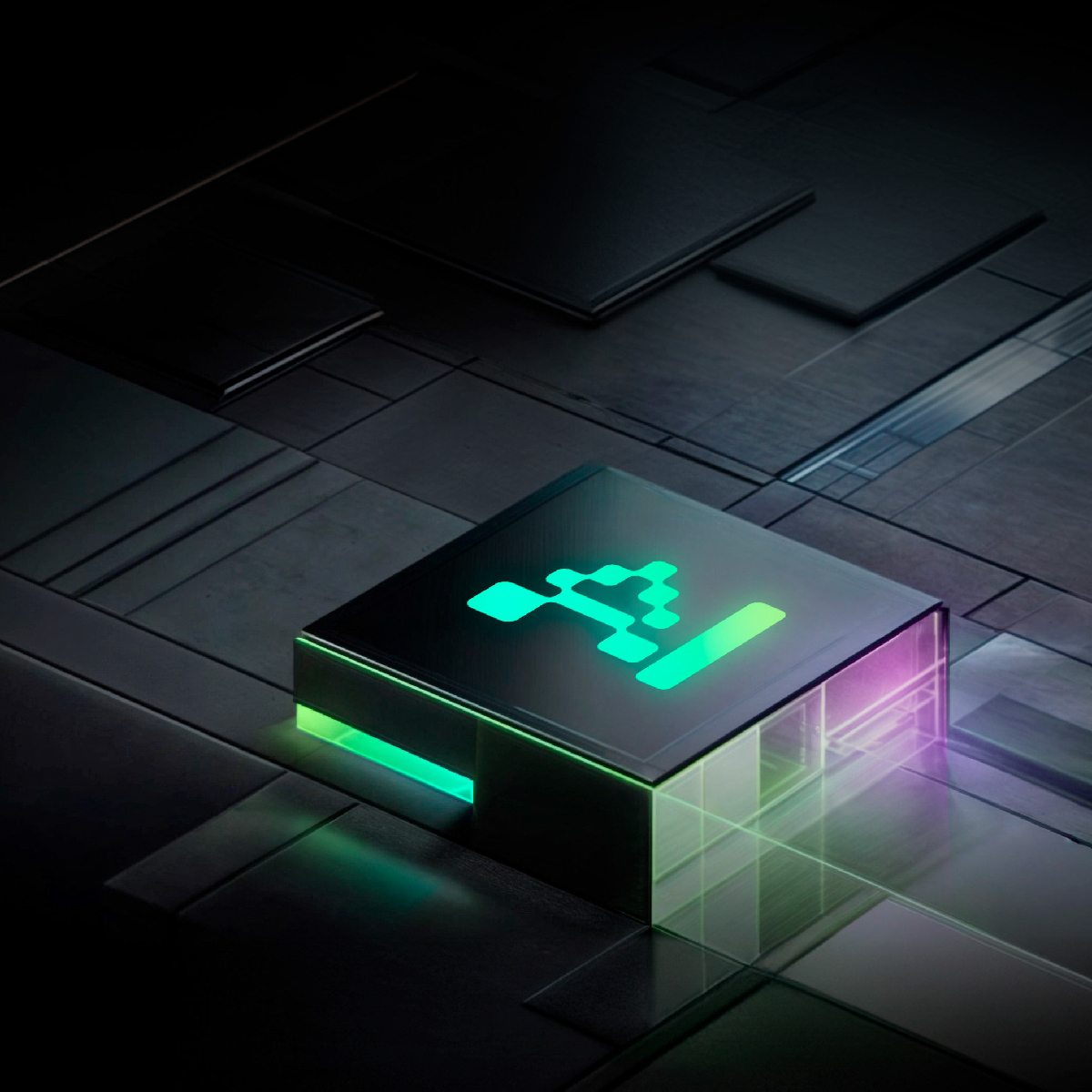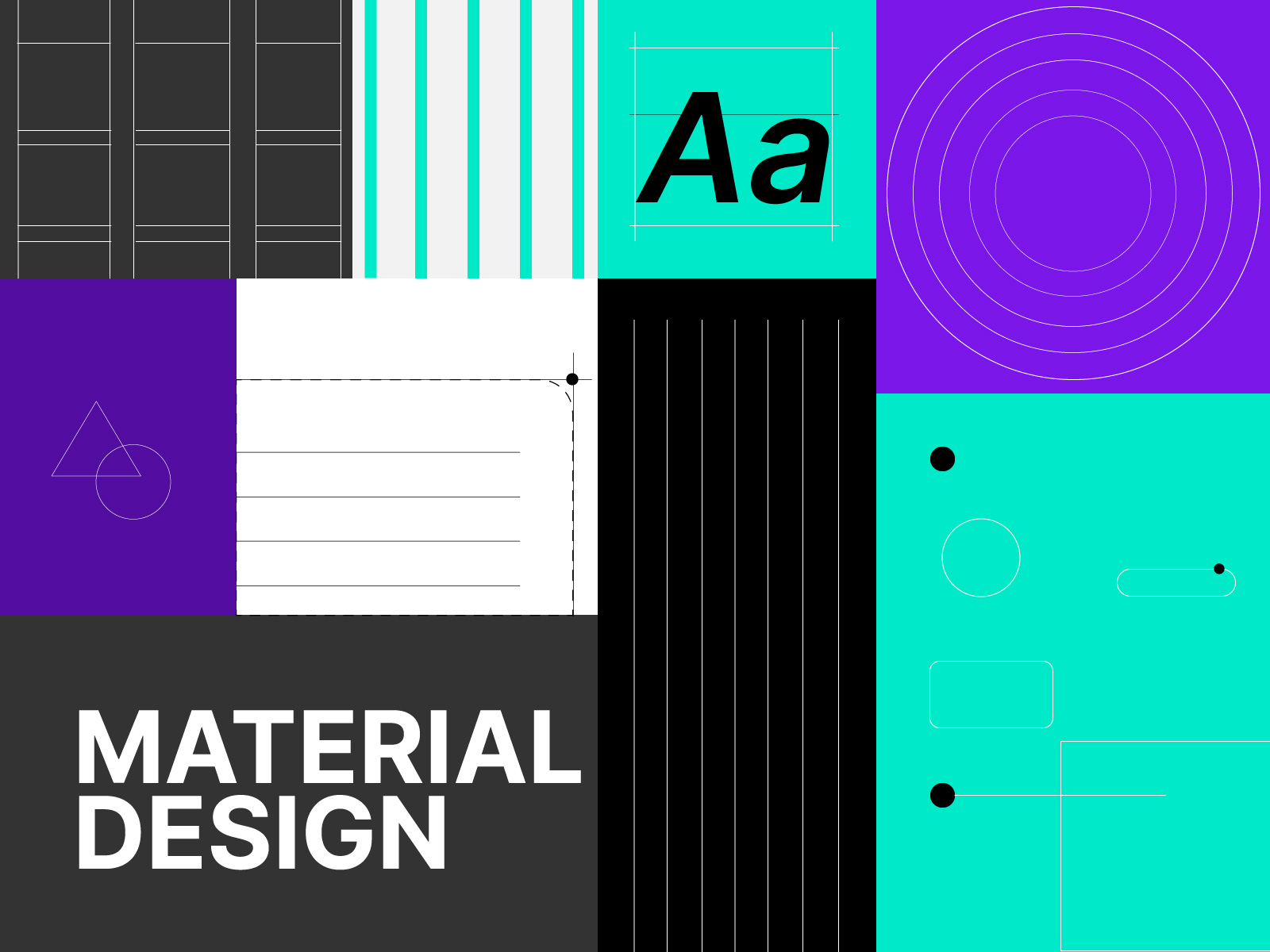Join our newsletter



Material Design has a transformative approach that has taken the tech world by storm.
It's a set of design principles and guidelines that have become the cornerstone for creating visually appealing and user-friendly interfaces across various platforms. In this article, discover why Material Design has become the go-to choice for designers and developers worldwide.
1. Consistency across platforms
Designing a website, mobile app, or desktop application with Material Design guidelines ensures a cohesive and unified user experience. This consistency saves time for designers and creates a seamless and familiar journey for users. It also reduces the learning curve when transitioning between devices.
2. All about the user
Material Design makes it easy for developers to create natural and intuitive interfaces to enhance the overall user experience. Thanks to its thoughtful design principles, Material Design has become popular among UI/UX designers. To improve your user experience, consider incorporating Material Design into your next project.
3. Accessibility guaranteed
In the diverse digital landscape, accessibility and inclusivity are an absolute must. Material Design incorporates accessibility principles right from the start, making it easier for designers to create interfaces that are accessible to everyone, including individuals with disabilities. Reach a broader audience and, at the same time, ensure your digital products comply with legal requirements and ethical standards.
4. Streamlined Development
Material Design doesn't just benefit designers; it also streamlines the development process. With a comprehensive set of pre-designed components, icons, and resources, Material Design provides developers with the building blocks they need to create functional and visually appealing interfaces. Consequently, this accelerates the development timeline, reduces the likelihood of errors, and simplifies maintenance.
5. Evolving and Future-Proof
Material Design isn't static; it's an evolving design philosophy. Google consistently updates and expands its Material Design guidelines to keep up with the latest design trends and technological advancements. By embracing Material Design, designers and developers can future-proof their projects, ensuring their digital products remain relevant and up-to-date in a rapidly changing landscape.
Takeaway
Material Design has established itself as an adaptable design philosophy with many advantages. Its commitment to consistency, user-centric approach, accessibility, streamlined development, and adaptability make it an invaluable tool for designers and developers. By implementing Material Design principles, you can create digital experiences that provide a seamless and user-friendly journey, setting your projects up for success in the modern digital era.